You press the power button on your TV or computer, but is it truly off? While switching off and unplugging seem to do the same thing, they have very different effects on your energy bill, the lifespan of your devices, and even your home’s safety. Understanding this key difference helps you take control of your electricity usage, save money, and reduce your environmental impact. This guide breaks down exactly what happens when you switch off versus unplug.
The Fundamental Difference: Switching Off vs. Unplugging
At its core, the distinction is simple. Switching off usually means putting a device into a low-power standby mode, while unplugging physically cuts off all power from the electrical outlet.
When you use a remote or a power button to turn something off, the device often keeps some circuits active. It does this to listen for a signal to turn back on quickly or to maintain settings like the time on a microwave. Unplugging, on the other hand, creates a complete break in the electrical circuit, ensuring zero power is being used.
This table clearly shows the key distinctions between the two actions:
| Feature | Switching Off | Unplugging |
|---|---|---|
| Energy Consumption | Often consumes low “standby” power | Consumes zero power |
| Surge Protection | Vulnerable to power surges | Completely protected from surges |
| Convenience | Very high; quick and easy | Lower; requires physical effort |
| Device Longevity | Can cause minor, long-term wear | Reduces strain and extends lifespan |
Think of it like a dripping faucet. Switching off is like turning the handle tightly, but a small drip might still get through. Unplugging is like shutting off the main water valve to that faucet entirely.
The Hidden Cost of Standby Power (Phantom Load)
Many people are surprised to learn that their electronics continue to use electricity even when they are turned off. This phenomenon is known as “phantom load” or “vampire power.”
This sneaky energy consumption comes from devices waiting in standby mode. Your television is waiting for a signal from the remote, your coffee maker is keeping its clock running, and your phone charger is drawing a small amount of power just by being plugged into the wall.
While the power draw for a single device is small, it adds up quickly across an entire household. Experts estimate that phantom load can be responsible for 5% to 10% of a home’s total electricity usage. Over a year, that translates to real money wasted on energy you never even used.
How Unplugging Can Extend Your Device’s Lifespan
Beyond saving money on your utility bills, unplugging your electronics can also help them last longer. When a device is plugged in, even in standby mode, its internal components are constantly exposed to a small electrical current.
This continuous power supply can lead to gradual wear and tear on sensitive electronics over time. It can generate a tiny amount of heat, which, over months and years, can degrade components like capacitors and transformers.
By unplugging a device, you give its internal hardware a complete rest from electrical stress. This reduces the cumulative strain and can significantly contribute to a longer operational life, saving you from having to pay for costly repairs or replacements down the road.
Safety First: Reducing Risks like Fire and Power Surges
Convenience should never come at the cost of safety. Leaving devices plugged in, even when they are switched off, leaves them vulnerable to unpredictable electrical events.
The most common danger is a power surge, which is a sudden spike in your home’s electrical voltage. These can be caused by lightning strikes, issues with the power grid, or even large appliances cycling on and off. A switched-off device offers no protection from a surge, which can permanently damage its delicate circuitry.
Furthermore, some devices, especially chargers and power adapters, can overheat and pose a fire risk if they are faulty or old. Unplugging is the only guaranteed way to protect your electronics from power surges and eliminate overheating risks. It completely disconnects the device from the source of the danger.
The Environmental Impact of Staying Plugged In
The energy wasted by phantom load doesn’t just affect your wallet; it also has a real impact on the environment. Every kilowatt of electricity wasted means more resources are needed to generate that power.
Most electricity is still produced by burning fossil fuels, which releases carbon dioxide and other greenhouse gases into the atmosphere. Therefore, the collective phantom load from millions of homes contributes to a larger carbon footprint and puts more strain on our planet’s resources.
Making a conscious habit of unplugging devices is a simple yet powerful way to conserve energy. This small action reduces the demand on power plants, helps conserve non-renewable resources, and contributes to a healthier planet for everyone.
Practical Tips for Easy Energy Conservation at Home
Making unplugging a regular habit doesn’t have to be a hassle. With a few smart strategies, you can easily cut down on phantom power without disrupting your daily routine.
The goal is to make energy conservation convenient. You can start with just one or two changes and build from there.
Here are some effective ways to get started:
- Use Power Strips: Group several devices like your computer, monitor, and printer onto a single power strip. This allows you to cut power to all of them with the flip of one switch.
- Unplug Your Chargers: Chargers for phones, laptops, and other gadgets are major culprits of vampire power. Get in the habit of unplugging them from the wall once your device is fully charged.
- Target Infrequently Used Items: Electronics in a guest room, the old DVD player, or the kitchen radio are perfect candidates for being left unplugged until you need them.
By implementing these simple tips, you can make a significant dent in your home’s standby power consumption.
Frequently Asked Questions
Is switching off an appliance the same as unplugging it?
No, they are very different. Switching off typically puts a device into a low-power standby mode, while unplugging completely severs its connection to the electrical outlet, ensuring it uses zero power.
Do appliances really use power when switched off?
Yes, many modern electronics do. This is called “phantom load” or “vampire power,” and it allows devices to start up quickly or maintain settings. Common examples include TVs, game consoles, and chargers.
Is it safer to unplug devices?
Absolutely. Unplugging is the most effective way to protect your electronics from damage caused by power surges. It also eliminates the risk of overheating from faulty devices that could lead to a fire.
How much money can I really save by unplugging things?
While it varies based on your devices and electricity rates, the savings are real. Standby power can account for up to 10% of your household’s annual energy bill, so unplugging can save you a noticeable amount of money over time.
Which devices should I prioritize unplugging?
Good candidates are devices that you don’t use frequently or that have standby lights. Focus on entertainment systems (TVs, cable boxes, game consoles), computer setups, and any chargers that are not actively charging a device.


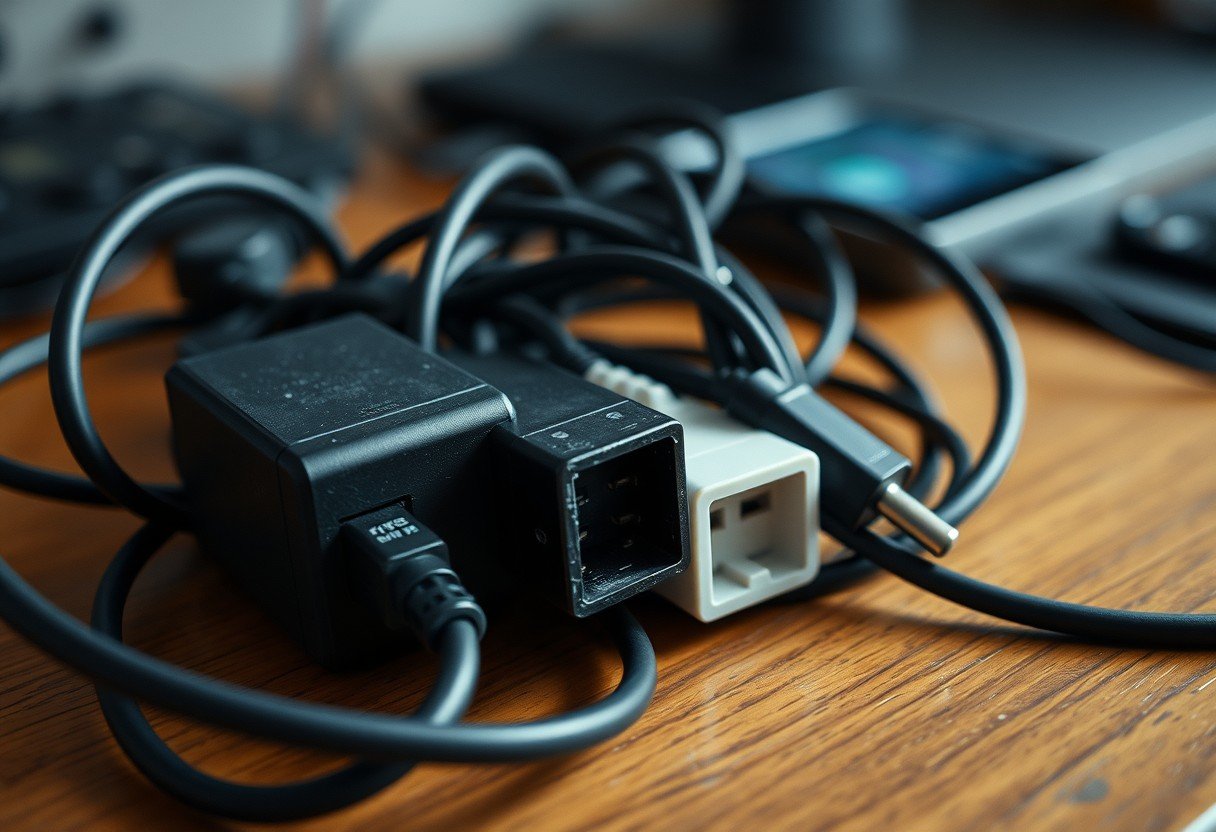
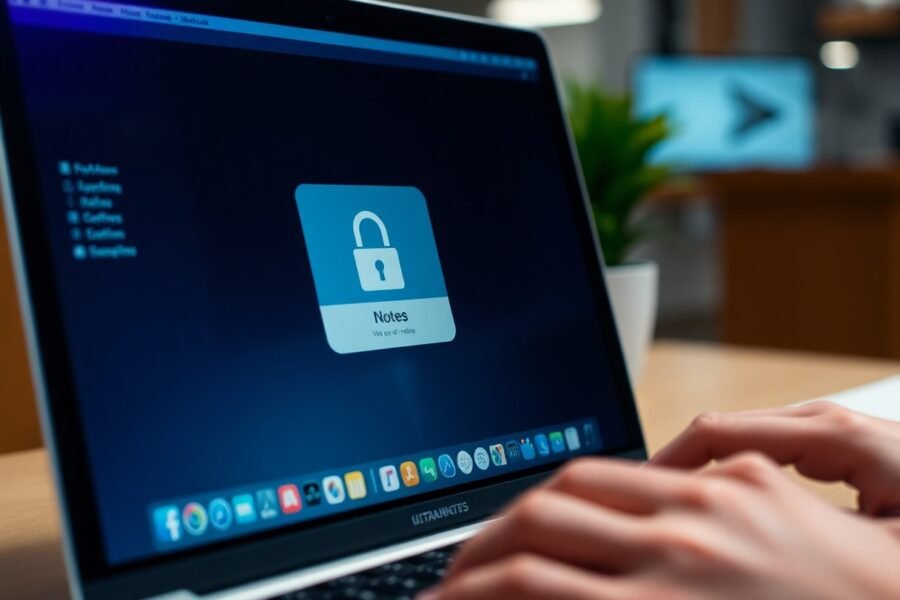

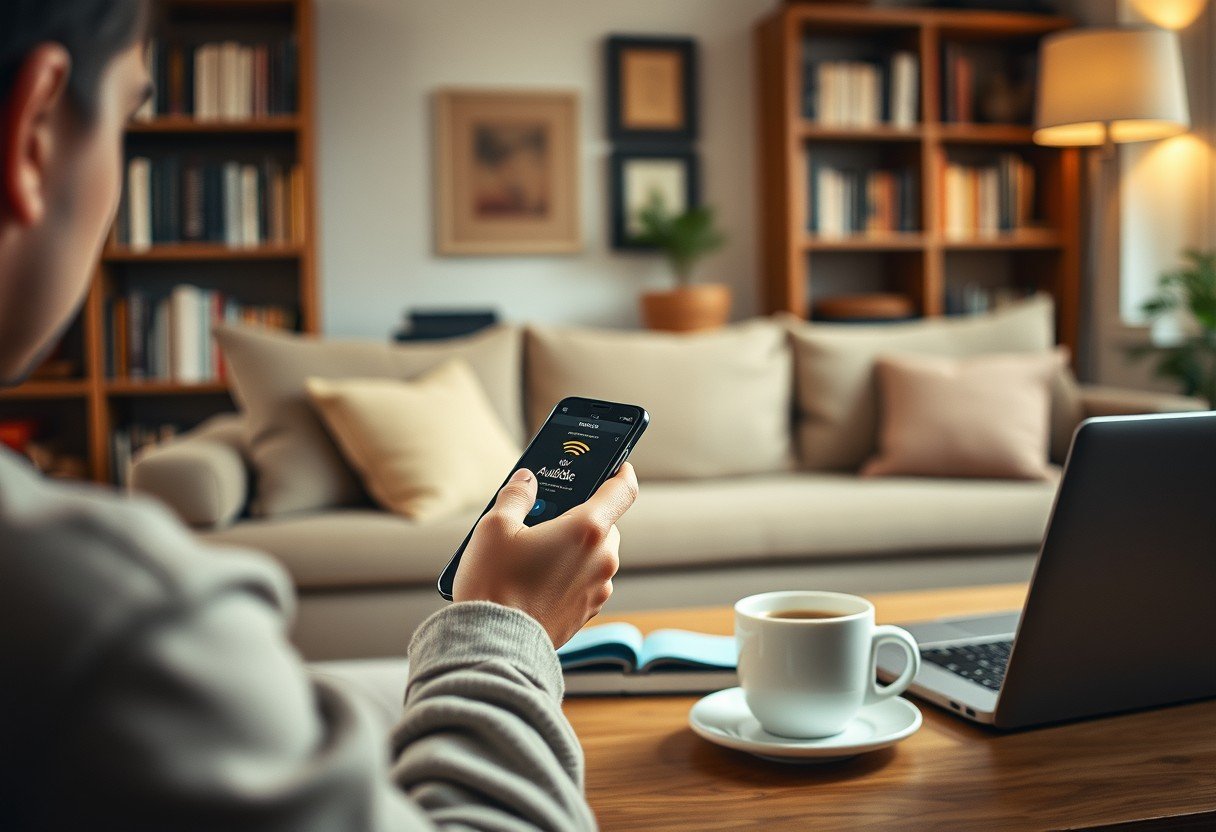
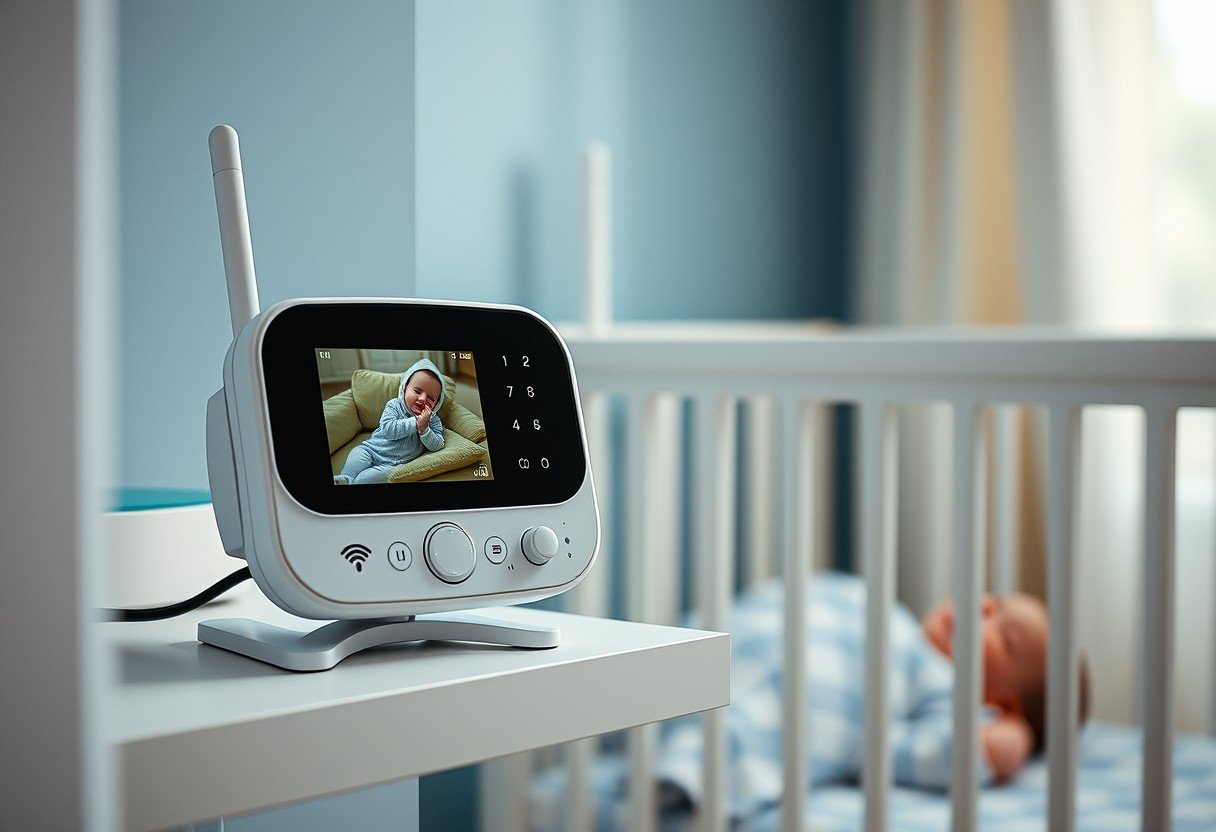

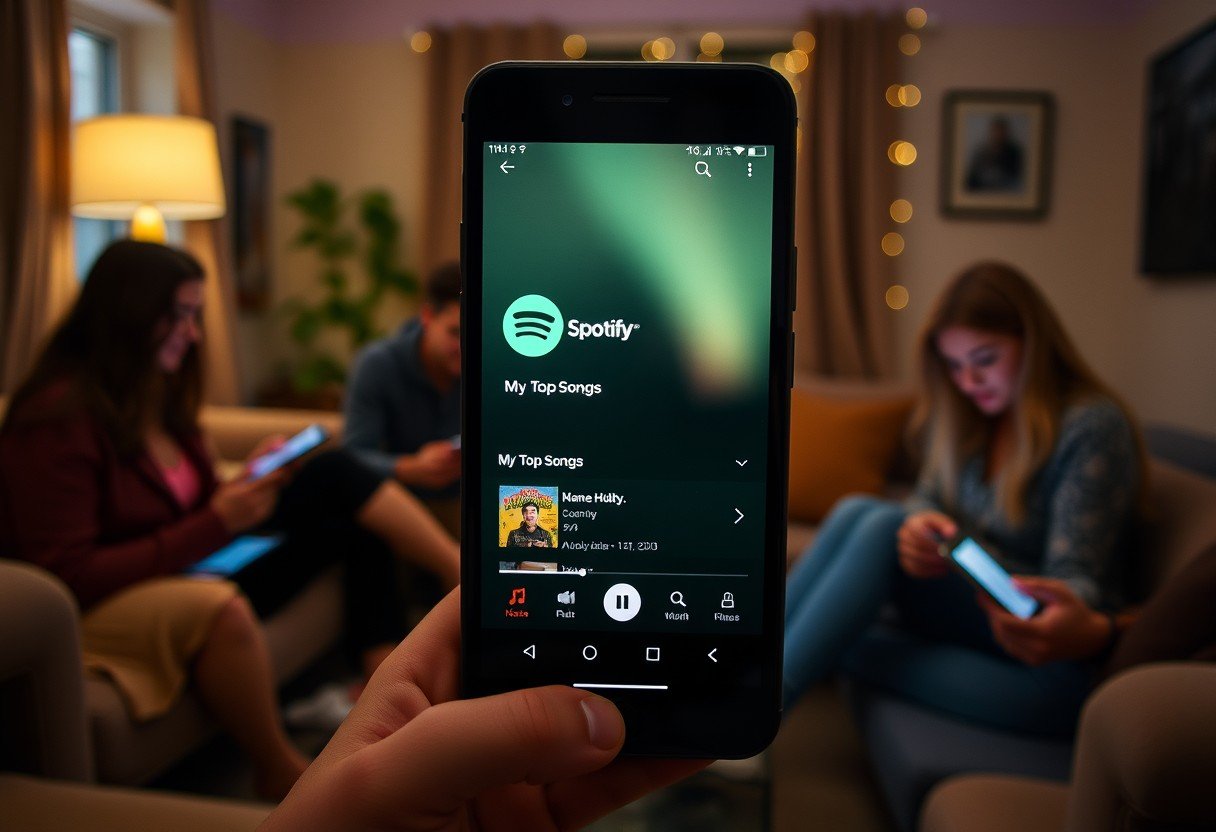
Leave a Comment